Book Suggestions
cpartist
8 years ago
Featured Answer
Sort by:Oldest
Comments (38)
Related Discussions
Book suggestion for rooftop gardening?
Comments (1)You might try googleing rooftop garden book and have a wide range of choices. Good luck...See Morebook suggestions....
Comments (16)I read mostly nonfiction now (paleo-anthropology, archaeology, etc), but I took 27 literature courses when I was at Rice getting a degree in German/English. I like a lot of 19th Century (and earlier) literature, but I do read modern authors as well. Here are a few of my favorite authors: Thomas Hardy - as a teenager I identified with his tragic heroines, partly because I was living on a farm, and he set his stories in rural SW England or Devon. D.H. Lawrence - especially his short stories Flannery O'Connor - also for short stories, which are frighteningly realistic portrayals of rural Georgia Daphne DuMaurier - novels and short stories, including The Scapegoat, Rebecca, The Birds, etc. William Burroughs - "The Nova Trilogy" (The Soft Machine, The Ticket That Exploded, Nova Express), and The Wild Boys, which was a major inspiration to David Bowie Margaret Mitchell - GWTW - I first read this when I was ten and then read it two more times afterwards William Faulkner The Sound and the Fury and others for a good dose of Southern literature Most of these I read when I was in my teens and early 20s, and I was able to meet Wm Burroughs in San Francisco in the 1970s, but that's another whole story. I also loved Dostoevsky, but he's not recommended for someone with a short attention span, and it is difficult to keep all of his characters straight without taking notes. All of the other authors I listed I found to be fascinating enough to make it difficult to put down their books, and their characters are extremely well developed and engaging. I read mostly as an escape, and reading authors from earlier periods allowed me to enter their world. Wm Burroughs books took me into the future. I mentioned three great authors from the South (and there are many more), as I thought you might relate to them. You might also like reading some of Tennessee Williams' plays. Lars...See MoreLooking for children's poetry book suggestions
Comments (8)Is nonsense poetry OK? If so, try Jack Prelutsky. My sister (an elementary school librarian) gave me one of his books when I lamented the loss of my absolute favorite book of children's poetry, the Arrow Book of Funny Poems. :) It contained such classics as Eletelephony ("Once there was an elephant/Who tried to use the telephant/No No! I mean...), Grandpa Dropped His Glasses ("in a pot of dye/and when he put them on again, he saw a purple sky"), When Daddy Fell into the Pond, and so on. Prelutsky's work is similar to these great nonsensical rhymes. Of course, there's TS Eliot's Old Possum's Book of Practical Cats, as well as AA Milne's Pooh poems, Lewis Carroll, Edward Lear, Longfellow. There are several picture books which illustrate single poems as well: for example, Alffred Noyes' The Highwayman illustrated by Charles Mikolaycak, Robert Frost's Birches illustrated by Ed Young... Also, check Inside Out & Back Again, by Thannha Lai. A memoir in verse of a Vietnamese girl whose family fled Saigon in 1975 and ended up in the southern US. It covers her last year in Vietnam, as one of the Boat People, and her first year in the US; she was 10 or so at the beginning of the book. Although it describes her personal experience of the culture shock from Vietnam to the US, it has universal appeal - when I put the book down, I was vividly remembering my own experience starting a new school in a new town when I was 12!...See MoreBurned succulent? ID and book suggestion
Comments (5)Yep it's sunburned. The best thing now is to put your Agavoides in a spot outside where it's in bright filtered light, but no direct sun. For me my porch is good for this. It gets bright light, but direct sun. Leave your Agavoides there for awhile so it can snap back:). Eventually as the plant grows those leaves will die off and you will never know this happened:)....See Morecpartist
8 years agoparaveina
8 years agolast modified: 8 years agomrspete
8 years agoartemis_ma
8 years agolast modified: 8 years agocpartist
8 years agoUser
7 years agoMark Bischak, Architect
7 years agolast modified: 7 years agocpartist thanked Mark Bischak, ArchitectUser
7 years agolast modified: 7 years agocpartist
7 years agoMark Bischak, Architect
7 years agolast modified: 7 years agocpartist thanked Mark Bischak, Architectcpartist
7 years agoMark Bischak, Architect
7 years agoHaley
5 years agoVirgil Carter Fine Art
5 years agoHaley
5 years agoVirgil Carter Fine Art
5 years agoMark Bischak, Architect
5 years agolast modified: 5 years agoamodernmountainhome
3 years agoMark Bischak, Architect
2 years agoStephanie Smith
last yearlast modified: last yearsushipup2
last yearpikaTusa
last yearmillworkman
last yearsushipup2
last year
Related Stories
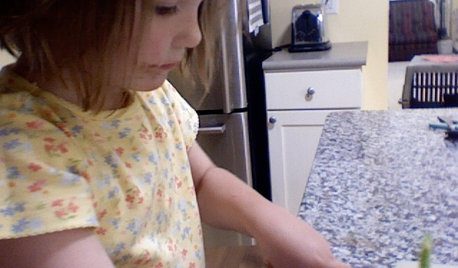
LIFEInviting Kids Into the Kitchen: Suggestions for Nurturing Cooks
Imagine a day when your child whips up dinner instead of complaining about it. You can make it happen with this wisdom
Full Story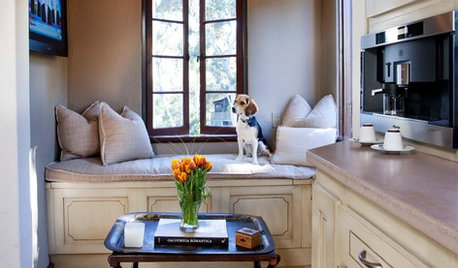
FEEL-GOOD HOME15 Cozy Book Nooks and What They Want You to Read
Put the beach reads away; these comfy spaces are creating a fall reading list. What books do they suggest to you?
Full Story
HOLIDAYS3 Recipes for Foraged Holiday Table Decor
The coauthors of ‘The Wreath Recipe Book’ suggest 3 simple table settings you can make from materials found in the yard or at the market
Full Story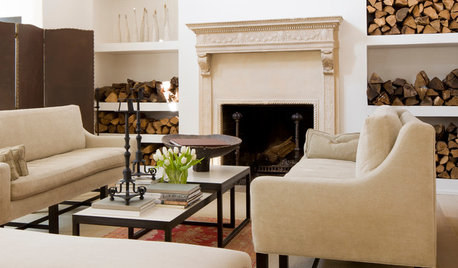
TASTEMAKERS'The Collected Home' Offers a Wealth of Design Tips
From planning to decorating, the father of 'new traditionalist' style dishes out scads of design suggestions you might never have considered
Full Story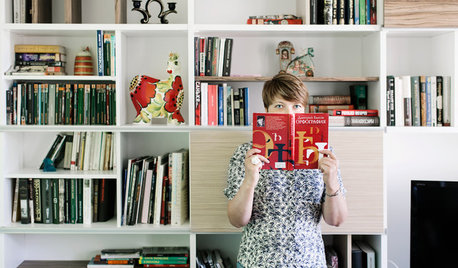
HOMES AROUND THE WORLDWorld of Design: 11 Book Lovers and Where They Like to Read
Bibliophiles across the globe reveal their top books and favorite reading spots, from a 2-story library to an artfully curated book nook
Full Story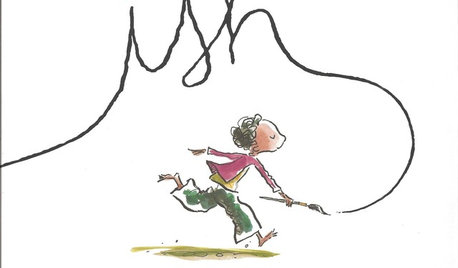
BOOKS8 Profound Design Books — From the Children's Section
Sometimes genius comes from empty boxes, blue horses and the powerful freedom of 'ish'
Full Story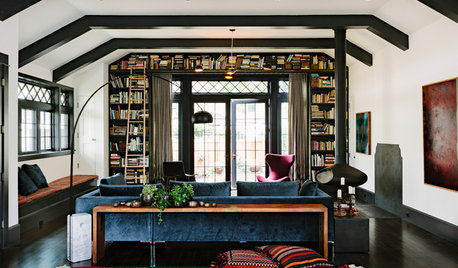
DECORATING GUIDES12 Spaces That Prove There’s Always Room for Books
Be inspired by the bookworms on Houzz who have won the book storage war
Full Story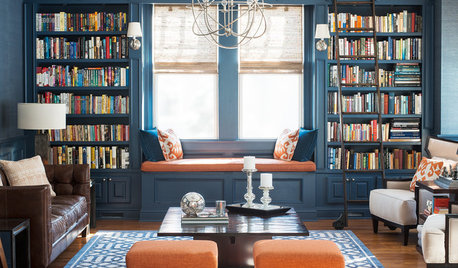
DENS AND LIBRARIES20 Book Lover’s Spaces That Will Make You Want to Read
Borrow these ideas from spaces designed around a love of books
Full Story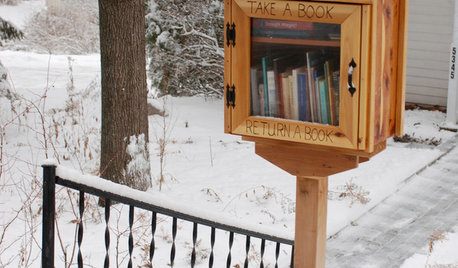
COMMUNITYBook It: Bring a Mini Library to Your Front Yard
Take a book, leave a book. An ingenious lending-library idea is sweeping the nation — see if it's right for your neighborhood
Full Story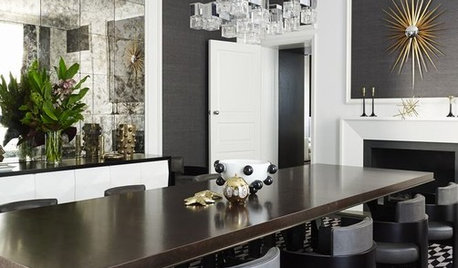
TASTEMAKERSBook to Know: Design Advice in Greg Natale’s ‘The Tailored Interior’
The interior designer shares the 9 steps he uses to create cohesive, pleasing rooms
Full Story







stephanie_sara